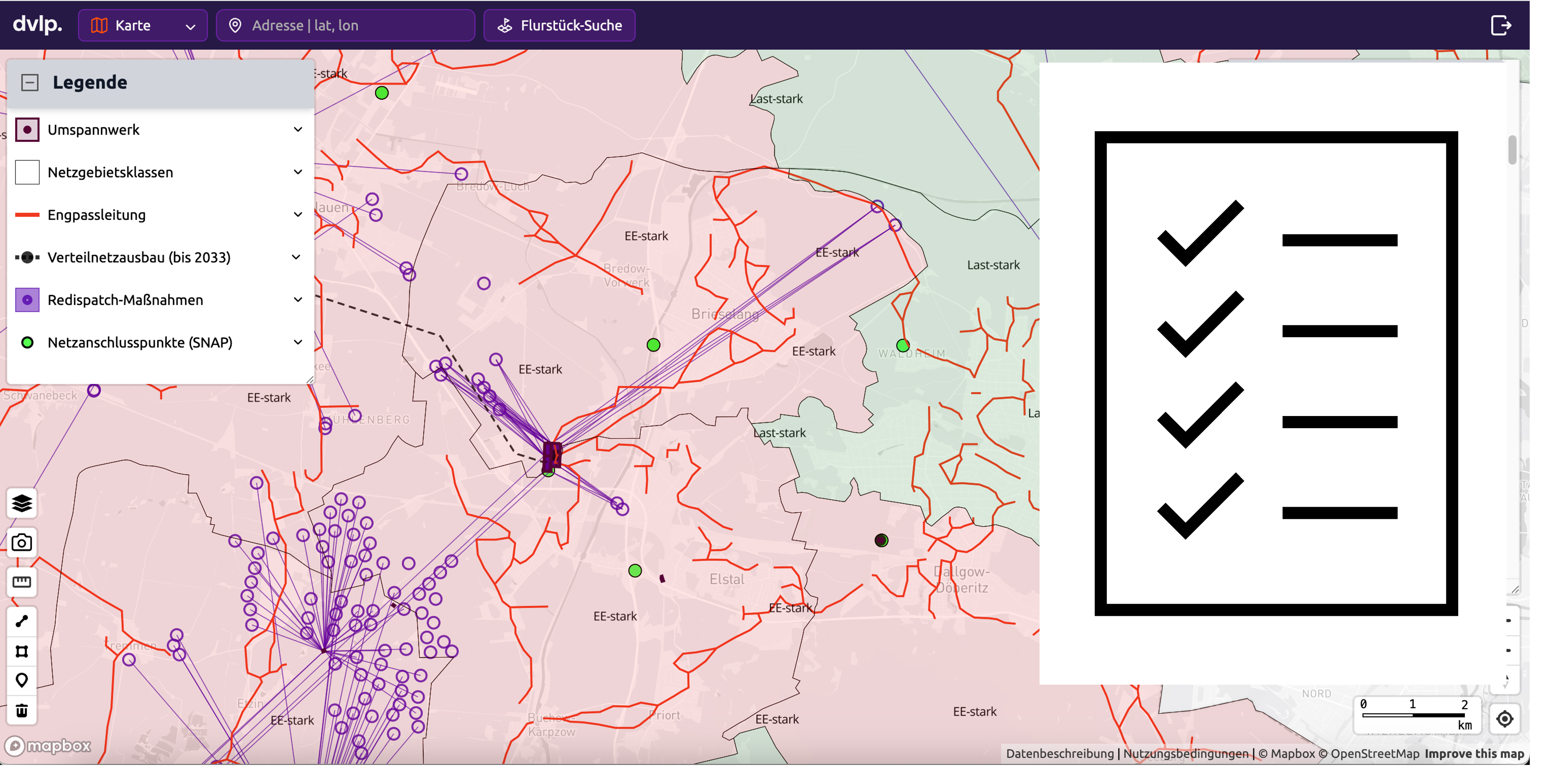Geodata on disadvantaged areas
Disadvantages are not always negative. In this way, solar parks on agriculturally disadvantaged areas are promoted. But how do you find these areas with the various valid definitions and inhomogeneous data sets? Solar Package I has been in force since last week.

Disadvantages are not always negative. This is how solar parks on agriculturally disadvantaged areas are promoted. But how do you find these areas with the various valid definitions and inhomogeneous data sets?
Since last week, this is Solar package I in force. With an amendment to Section 37c of the Renewable Energy Sources Act (EEG), it generally qualifies agriculturally disadvantaged areas to support ground-mounted PV systems if they are not located in a protected area. The federal states have an opt-out option if more than 1% (before 2031) or 1.5% (after 2031) of agricultural land is built on with PV systems.
Disadvantaged areas are entitled to compensation if they are used for agriculture, for example because they are difficult to cultivate or only yield a low yield. Which areas these are was determined for the first time under EU Directive 86/465/EEC (“old backdrop”). A new definition of the areas under EU Regulation 1305/2013 (“new backdrop”) came into force in 2020 at the latest. However, that defines EEG in § 3 Sentence 7 Areas identified as “disadvantaged” under EU Directive 86/465/EEC or EU Regulation 1305/2013. Both scenarios are therefore still relevant for the eligibility of ground-mounted PV systems.
It is therefore not easy for developers of open-space solar systems to find out whether potential areas for solar parks are located in a disadvantaged area or not. Bavaria and Saxony offer geodata from both backgrounds, even minus unsuitable protected areas, but the other federal states only have one or the other or none at all. In the end, often only the original 200-page thick remains EU document with the community names, and the hope that the communities still exist in this form today.
That is why we have the data from new and old backdrop integrated into the DVLP.Energy platform and marked the corresponding legal basis. This makes it possible to quickly and efficiently check whether a new solar project is eligible for funding or not.



